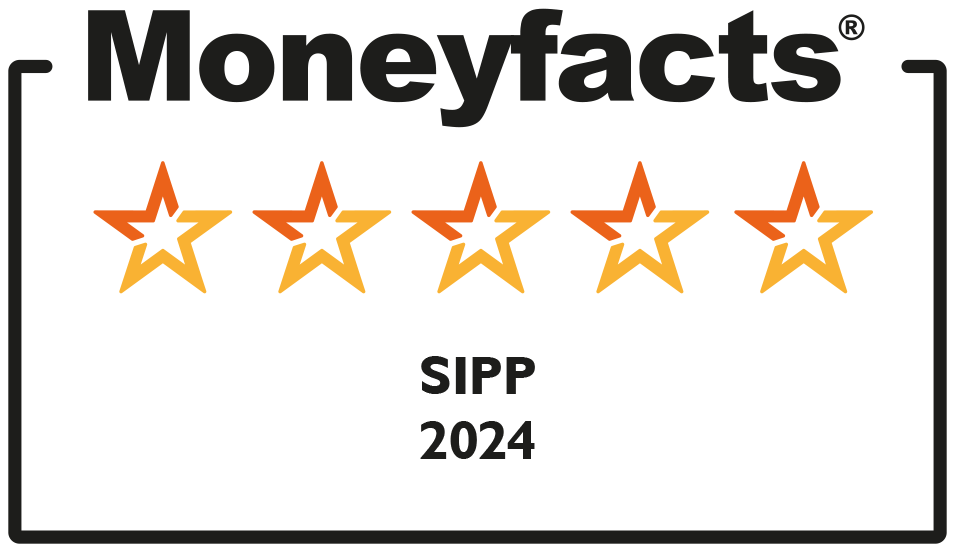How we can help your US clients – a useful case study
In our recent blog, we talked about the flexibility the IPM SIPP offers for the denominated currency in which investment can be held. We also looked at how this may appeal to clients who wish to draw pension benefits in anything other than GBP.
When we have this conversation with advisers, invariably the discussion comes back to clients who have a US connection. These individuals usually fall into one of two categories:
- US citizens living in the UK accumulating UK pension benefits
- Individuals living in the US with benefits held in UK pension schemes.
Even if this is an area in which you do not regularly work, you will no doubt be aware of some of the complexities involving the US tax authorities. And, UK pensions are not exempt from these rules, as anyone who is required to report in the US must do so on all their assets worldwide.
Working with US clients is a specialist area. Fines for failure to report or incorrect reporting can be significant, so it is important to get it right. For this reason, not all SIPP providers are comfortable in working with US clients, in particular those who are not in the UK.
IPM can help your clients with a US connection
Given the flexibility we offer in regard to how investments can be held, how we can pay benefits, and the fact we have been working in this area for over ten years, this is something we help with.
However, we do understand concerns about falling foul of US tax rules, as we are certainly no experts in US tax. Therefore, it is important that any US client with an IPM SIPP assembles a team of specialists, all of whom should work closely together:
- FCA regulated financial adviser – to ensure that the client receives tailored advice based on their UK assets, both initially and on an ongoing basis
- US tax adviser – this is to ensure that the UK pension benefits are reported correctly in the US and any taxes due in the US are identified and managed
- Specialist investment house – not only should the chosen investment house be able to hold investments in USD but, if they are appointed on a discretionary basis, they should also know the type of investment structures a US individual can hold
- UK SIPP provider – preferably IPM! However, a key element in all these firms working with one another is that the SIPP provider can pay benefits in USD, if desired, to avoid currency risks and fluctuations.
As mentioned, we have worked with US clients for more than ten years. During that time, we have built up relationships and connections with many experts in this area.
Below is an example of a US client we have assisted and how the IPM SIPP has complemented the services offered by their other professional third parties.
Demonstrating the benefits of the IPM SIPP for US clients
Chris, a US national, worked for a multinational investment house, based in New York.
In 2007, he was offered a chance to work in the company’s London office with a generous remuneration package. This included high level contributions to a UK pension scheme for the term of his placement. These contributions were to be placed into an IPM SIPP.
When Chris arrived in London, he was put in touch with an FCA regulated financial adviser who had experience in looking after US citizens in the UK. Chris had a US tax adviser which he continued to work with, and his employer provided the investment services for his pension. This included the ability to hold USD denominated investments.
Back in 2007, the annual allowance for UK pension contributions was significantly higher than it is today. In the 2007/8 tax year, it was set at £225,000 and gradually increased to £255,000 before reducing to the level we are more used to now.
For the three years Chris worked in London, his employer made contributions of £100,000 to his pension on his behalf. Upon receipt, his investment manager liaised with Chris to have these monies converted into USD, which was then used to make investments which were appropriate for a US individual.
In 2010, Chris returned to the US leaving his UK pension behind. This pension continued to be managed, on his behalf, by IPM, his UK financial adviser, his US tax adviser, and his investment manager.
Chris finished working in 2018 and started to consider how best to fund his retirement.
Chris’ UK SIPP was valued at $500,000. After discussions with his UK financial adviser and his US tax adviser, it was decided that he would take his maximum pension commencement lump sum from the SIPP (25% of his fund value which is tax-free in the UK).
As his SIPP was with IPM, there was no need for him to convert the USD he held in his SIPP back to GBP to pay the lump sum, only for this to then be paid to him as GBP and for him to then convert back to USD. We are able to return the money to a USD trustee bank account in the SIPP before arranging for this to be paid to him.
It was also decided that Chris would need to draw $25,000 as income from his SIPP on an annual basis. As Chris had an NT tax code with HMRC in the UK, IPM could pay him this amount in full, in USD, as and when he required it.
Get in touch
If you have any overseas clients who would benefit from advice, or you just want to have a chat about how we might be able to assist a US client, please get in touch. Email info@ipm-pensions.co.uk or call 01438 747 151.



